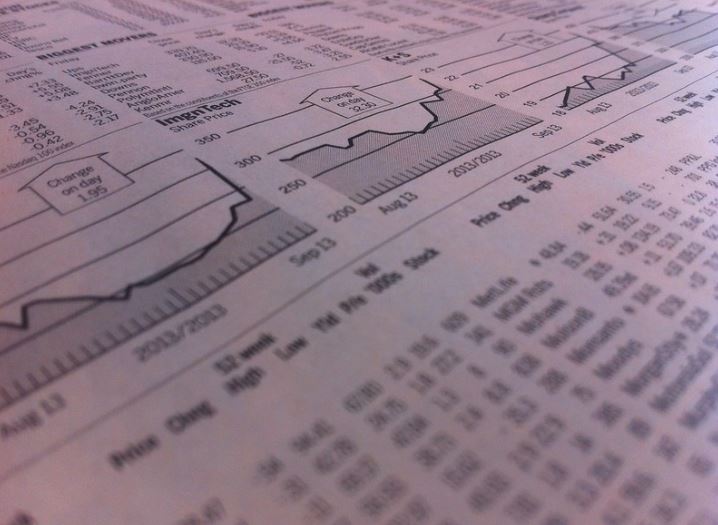Investors should know the best time to buy stocks. Indeed, they should buy stocks when they are available at a cheaper (or reasonable) price in the market and sell them when their prices increase later.
But what is the time when stocks are available for a reasonable price?
The value of almost all equities falls when the market crashes as it happened during the middle of the global financial crisis of 2008 and as it is happening now due to the worldwide spread of the Corona virus.
Many investors follow a simple strategy of buying equities in the immediate aftermath of a crash. In fact, many institutional investors too increase their stakes in companies during a crisis.
In the popular ‘Dow Theory’, Charles H. Dow calls this the smart money. One good example of an institutional investor that follows this strategy is India’s Life Insurance Corporation (LIC). LIC buys equities in bulk when the market crashes and retains them as long as the company’s underlying them are doing well.
But is this strategy viable for retail investors?

Buying Only During Crashes is Not Viable for Retail Investors
Following this strategy is not viable for retail for many investors for many reasons as detailed below:
- As market cycles get longer, there will be times when price of an equity may not see a drastic fall for many years. All retail investors will find it difficult to wait till the stocks fall.
- Retail investors will not have the mental discipline to invest huge amounts when negative news is all around and businesses seem to be fall apart.Many professional stock analysts sold all their equities and went cash during the crash of 2008-09.
- Some companies may never reopen after an economic downturn severely impacts its business. So, even if you get an equity for a cheaper price, there is a chance that the company may shut shop and the value of your investment becomes zero.
- In the case of a long market cycle similar to the one that happened after the global financial crisis, there will be cases when the price of a stock may not fall below the low seen between the two peaks. For example, if the value of an equity raises to $1,500 and falls to $1,000 after a crash, there might be instances when it might have been available for investors for $800 or even $700 before it reached $1,500.
Buy Equities When They Are Cheaper Than the Intrinsic Value
Despite the claims that markets are efficient, there will always be times when an equity is not priced well by the market. This can happen due to poor quarterly results that are not an indication of the long-term performance of the company, when the company faces a scandal, temporary fall in sales due to supply chain disruptions, etc. This is the right time to buy that equity.
A simple analysis of the prices of any equity shows that there will be many instances when the price of the equity falls below its intrinsic value between two market crashes.
These are the best times to buy equities.







